Plants have adapted over the centuries to grow in the harshest environments on the planet.
Deeper-rooted plants ultimately have a stronger support system as they are well-anchored to withstand the strongest winds. Taller plants require deeper rooting systems to prevent them from toppling over.
Add diversity to your outdoor space by planting some deep-rooted native plants in your garden.
We’ve listed several native plants below with deep-rooting systems which you should consider growing in your native landscapes.
- Related Article: Care Guides for Houseplants
How Plants With Deep Roots Contribute to the Ecosystem
1. Manages the Flow of Water
Deep roots prevent water from flowing very freely, acting as a barrier to slow them down. This helps in preventing soil erosion and reducing stormwater runoff.
Along with rain gardens, deep roots work to help clean water naturally, acting as filters.
2. Helps in Carbon Sequestration
Deep roots play a big role in carbon sequestration most especially because we are already experiencing the effects of climate change.
What happens during carbon sequestration is that plants take in and trap carbon dioxide from the atmosphere through respiration. From there, the deep roots of plants break down carbon dioxide and deposit it in the soil. The plant then releases oxygen which we humans, take in.
Native plants with deep rooting systems can penetrate deeper into the soil and capture nutrients from it as well. This aids plants in drier and arid areas to source water from deep underground.
Charles Darwin even quoted the tips of plant roots as the “brains of plants”. Saying: “Roots sense the environment. They sense the water, where there are more nutrients, and they go for these resources.”
Not only that, but deep roots also make for a good amount of organic matter such as earthworms, fungi, and microbes that enriches the soil and holds it together to lessen the chance of soil erosion.
4. Improved Mental Health
Nature in general acts as a great stress reliever. Studies have shown how nature can heal and reduce anger, stress, and unpleasant feelings.
Being surrounded by nature contributes to people’s well-being and makes them feel happier and better emotionally. They can lessen muscle tension and blood pressure as well.
So if you’re having a rough day, consider taking a breather and spending time outside.
5. Increased Resilience to Drought
Because they can penetrate deeply into the soil, they are also able to reach sources of water from deep underground. This allows plants with deep roots to sustain themselves and withstand a period of drought during hot climates.
7 Plants With Deep Roots
1. Tomato plant (Solanum Lycopersicum)
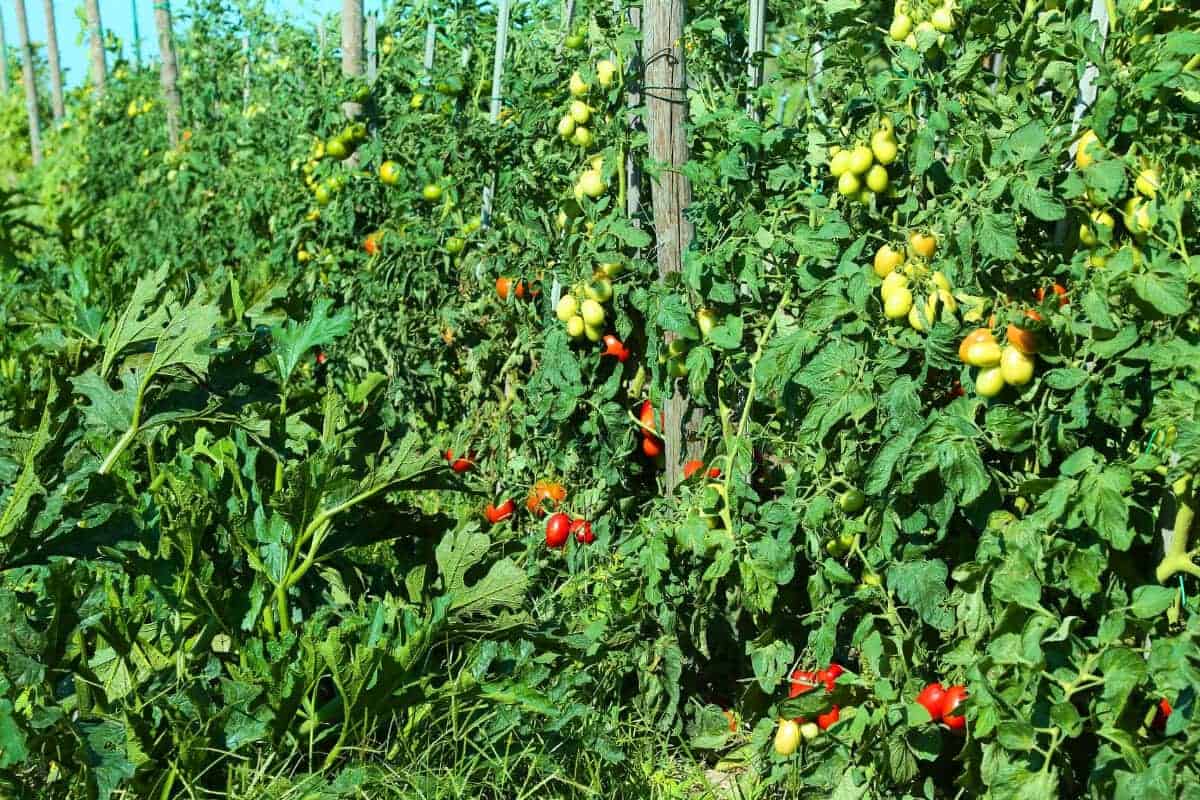
Tomato plants have a bipolar rooting system, they can have a deep or shallow rooting system, which is dependent on the root type of the particular plant.
If the tomato plant is grown from seed it will possess a tap root system.
The soil type that a tomato plant is grown in, will influence its rooting system. Moist and nutrient-rich soils will produce tomato plants with fibrous roots that will stretch below the surface of the soil, instead of digging down deep.
Should there be insufficient water available, the tomato plant’s tap root can grow 3 feet deep, in search of water or nutrients. This usually occurs in poor soil conditions.
Learn all about growing organic tomatoes.
2. Mango Tree (Mangifera Indica)
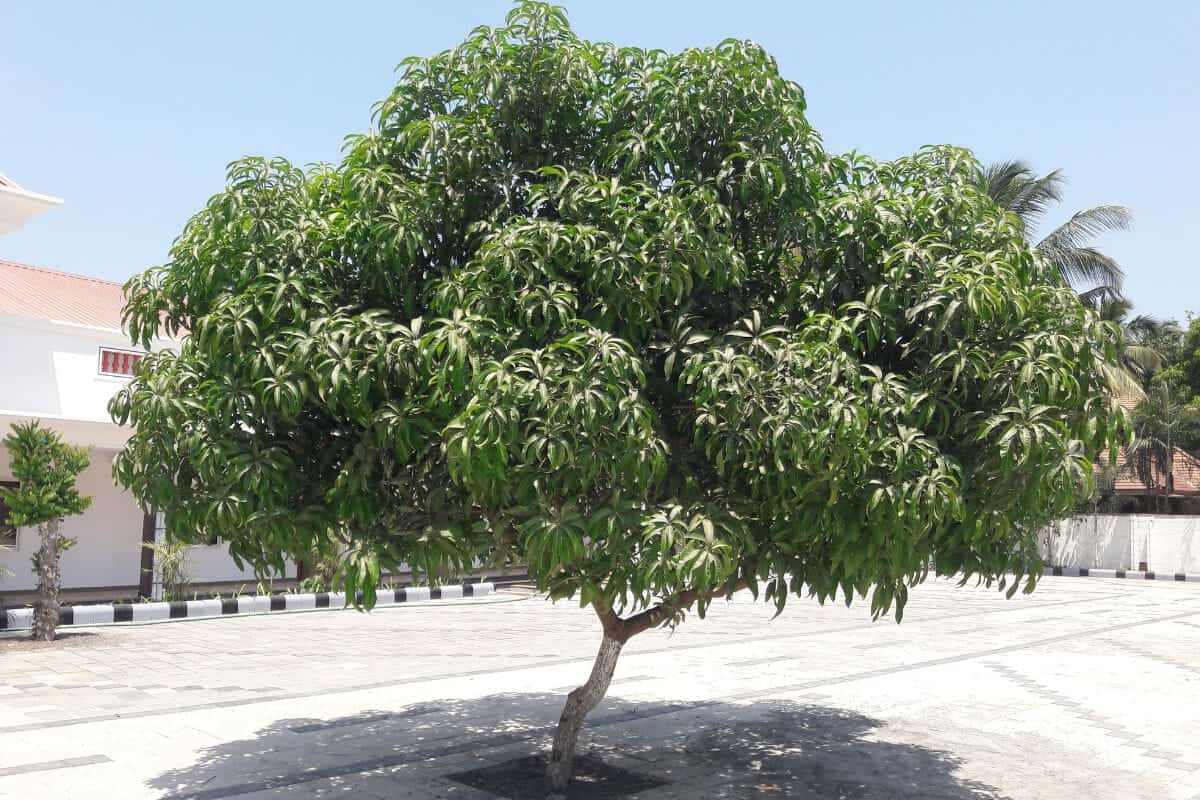
There’s something special about Mango trees, they never seem to stop growing or producing Mangos.
Mango trees can grow up to 33 feet tall, with roots that can reach 20 feet deep below the ground. This is a good consideration when you’re working with limited space.
The tap roots of a mango tree are commonly mistaken for fibrous roots, these roots grow off the side of the main tap root.
The main tap root of a mango tree stores carbohydrates, which plays an important factor in the development of the mango tree.
3. Cactus (Cactaceae)
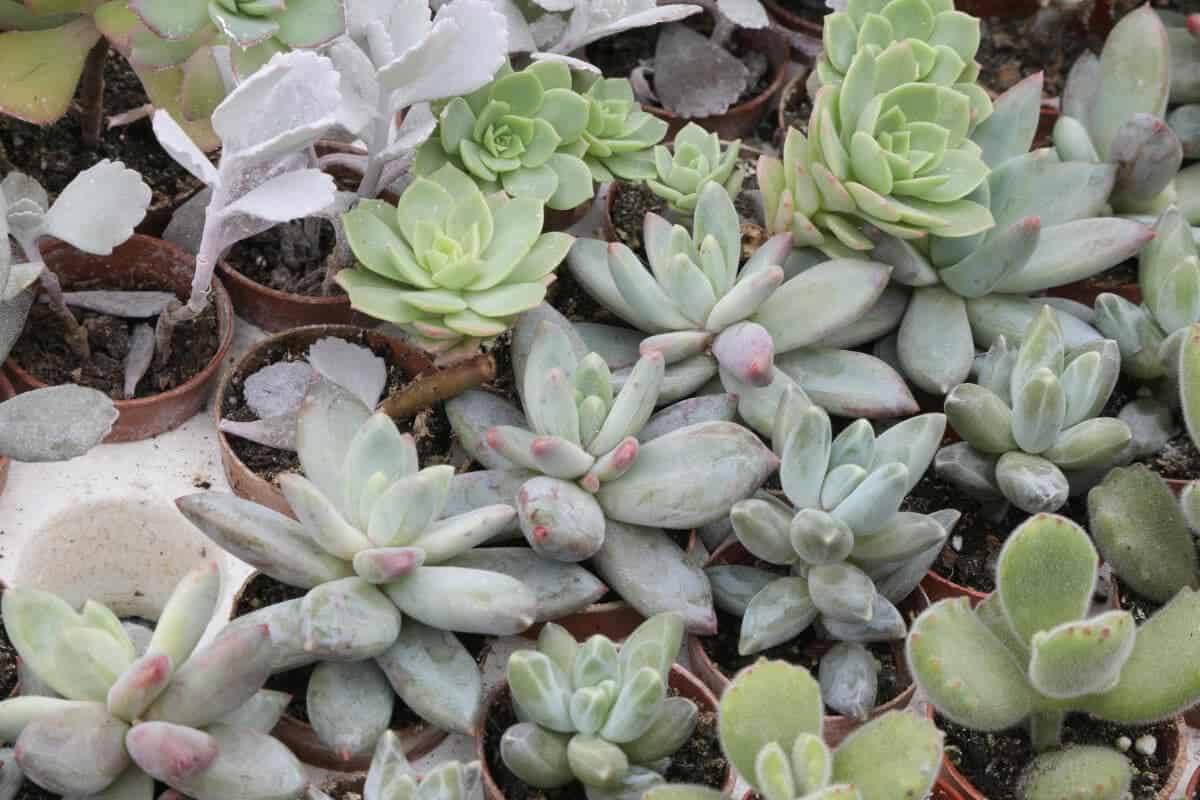
Cacti plants have developed a unique rooting system that allows them to survive in the driest conditions on Earth.
It’s, therefore, necessary for the roots of the cactus plant to absorb the available nutrients, found deep under the desert soil.
Cactus plants have a taproot that grows from the base of the plant, this taproot is rather thick and can penetrate deep into the desert soil.
Cactus roots have been known to grow 3 feet deep under the soil, their roots able to extend just as wide across.
The tap root provides a stable structure for small roots to extend off of the central taproot. The additional smaller roots provide support to the central taproot, by keeping it hydrated and anchoring it into the soil.
The secret to a cactus’s survival remains below the soil. This intricate network of rooting systems can soak up any moisture available.
4. Neem tree (Azadirachta Indica)
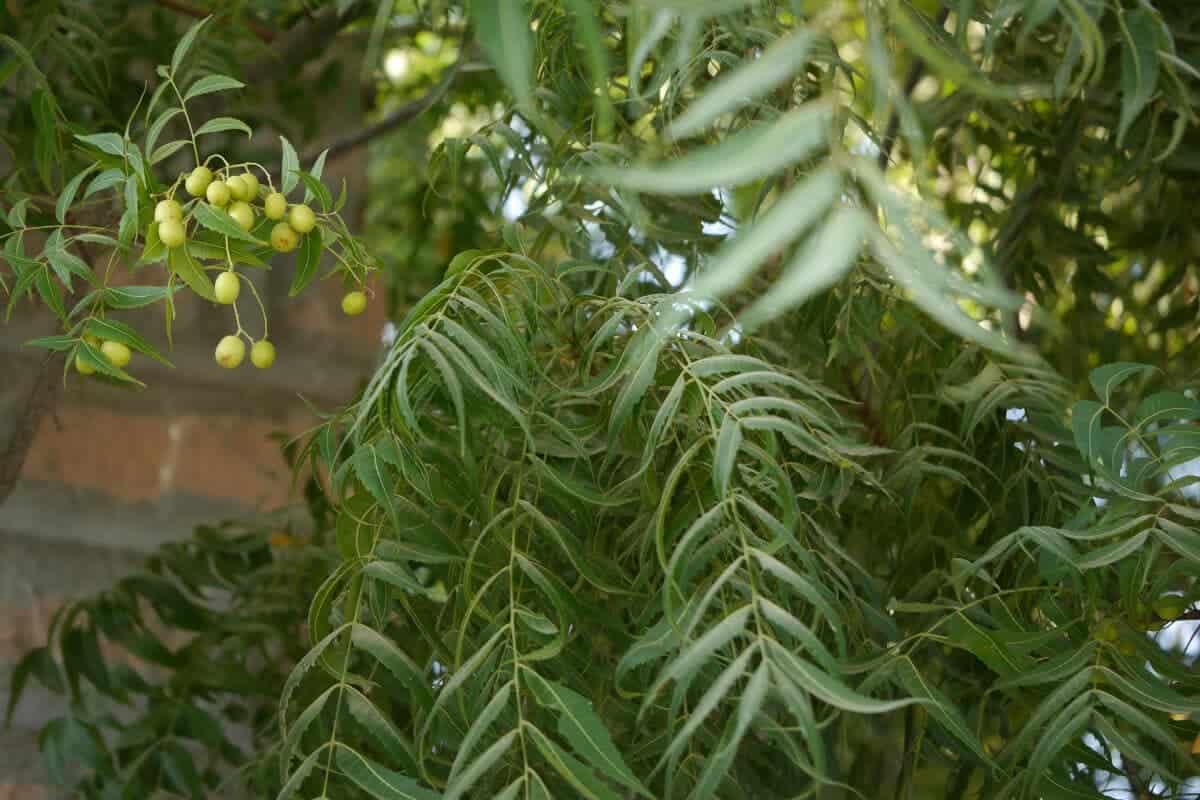
The Neem tree is a medicinal plant that is grown throughout the Indian subcontinent, particularly found in Sri Lanka and India. The neem tree can grow to over 40 meters high with its firm rooting system that grows 49 feet down the soil.
The Neem tree has a strong tap rooting system that allows it to excavate deep into the rocky underground. It has one main taproot that grows from its base to the soil.
The primary root is used to provide support for the tree given that can grow twice its length and height.
The large roots of this work well for both rainy and dry seasons. During rainy seasons, they anchor the tree and stabilize the soil to prevent soil erosion and flooding. While on dry seasons, it aids in locating water sources for the tree.
When planting Neem trees, consider the size of the area. This tree cannot work well with limited space as its roots are very expansive and can damage nearby structures.
5. Tamarind Tree (Tamarindus Indica)
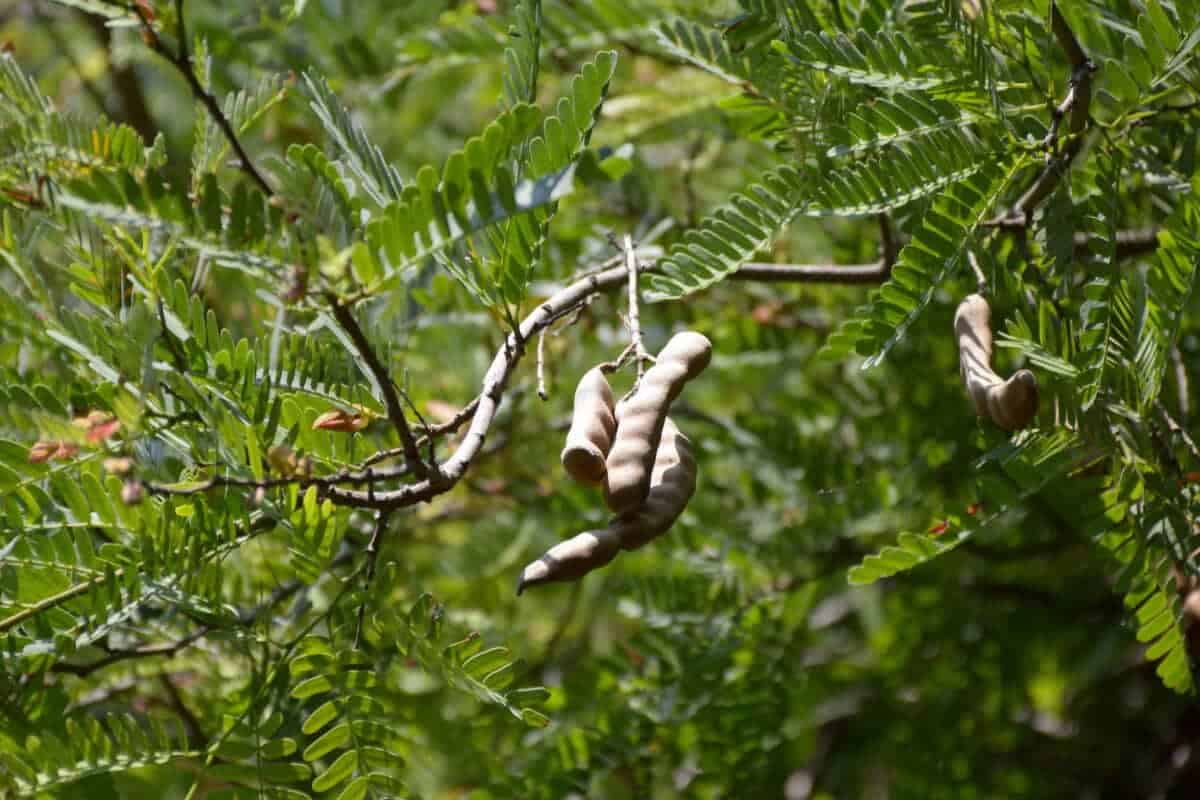
The Tamarind tree can grow to a massive height of 70-80 feet. It also has an impressive taproot system that can dive beyond 12 feet underground.
This leguminous tree can withstand stormy conditions. Thanks to its well-supported, deep taproot system that acts as an anchor in the soil.
The Tamarind tree can withstand drought, and the poorest of soil conditions, its roots can find nutrients hidden deep under the soil.
6. Deodar Cedar (Cedrus Deodara)
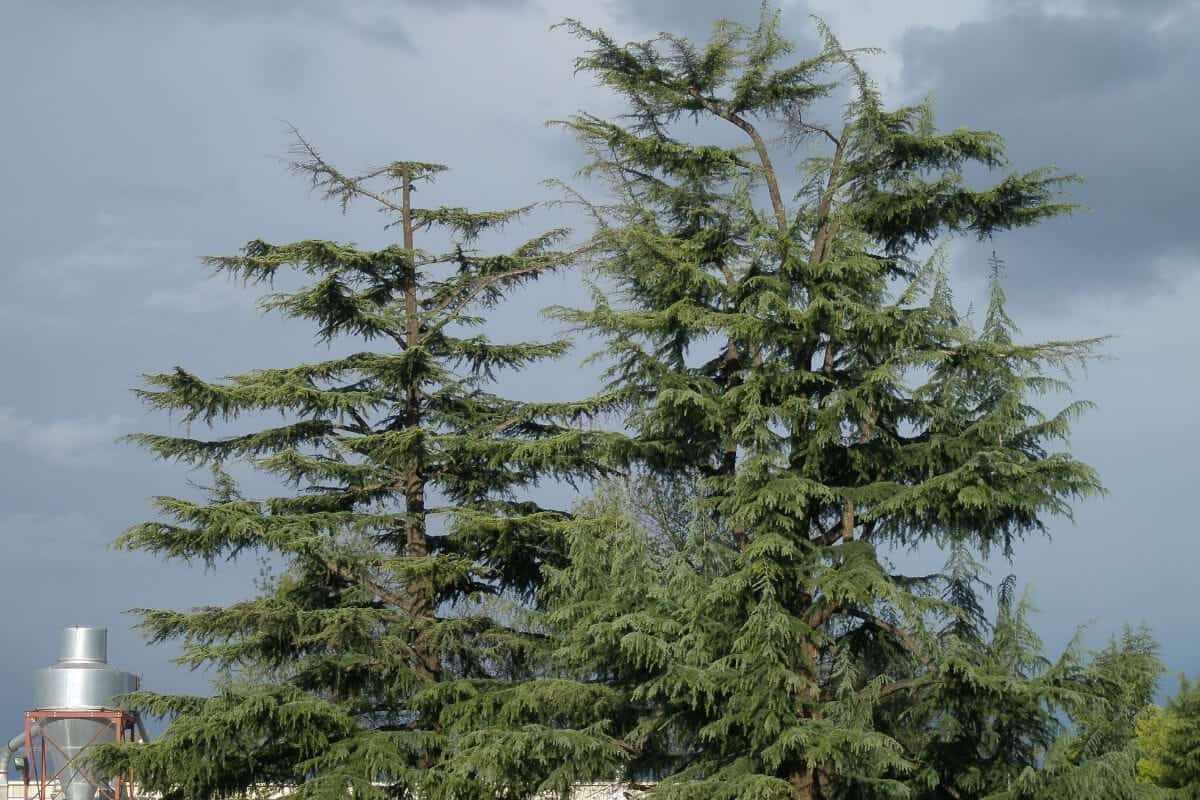
A runner-up for having the longest taproot systems is the deodar cedar plant whose taproot can grow to up to 8 feet underground.
Most of the time, the roots of a tree are in proportion to its height. That means that you can expect bigger roots from taller trees.
When this tree is planted in poor soil conditions, its taproot system is unable to penetrate through compact rock and soil layers and may not be able to survive.
These trees are lovers of damp soil. It may survive in dry soil but not last as long.
7. Banyan Tree (Ficus Benghalensis)

The Banyan tree has one of the longest taproot systems, these roots can grow over 75 feet deep, and there is no end to the depths that they can reach. The Banyan tree has an additional prop root that grows from its branches.
The large and thick roots of this plant assist the tree in storing nutrients, absorbing the moisture in the air, and greater anchorage in the soil.
This tree is very tough and can sustain soil erosion during wet seasons as it has one of the most impressive rooting systems. It is for the same reason that this tree can grow on the most inclined hillsides and the steepest of slopes.
Final Thoughts on Plants With Deep Roots
Truly, the power of how deep root systems function is demonstrated by plants such as the neem tree and the banyan tree.
Having deep roots provide the right stability, moisture, structure, and access to nutrients for certain plants and trees.
These trees survive a variety of conditions due to their root systems that allow them to store up enough resources during tough conditions.
They are also beneficial in maintaining certain natural processes such as carbon sequestration. They also help protect mother nature during flooding and other natural calamities.
To learn more about plants for your garden, check these articles out:

